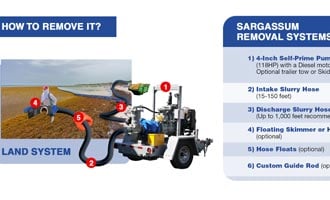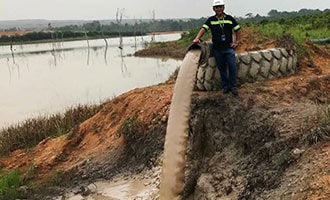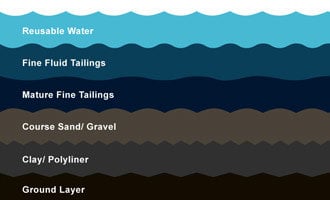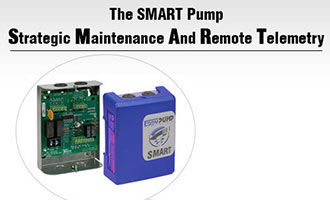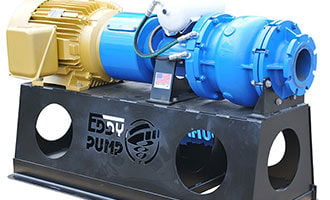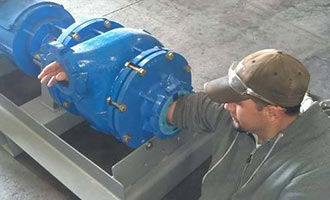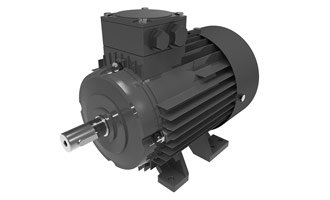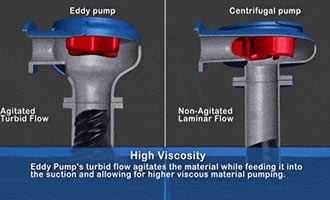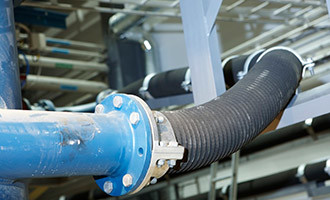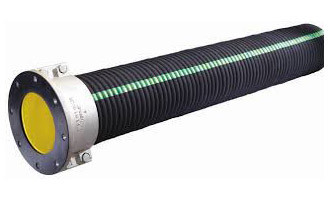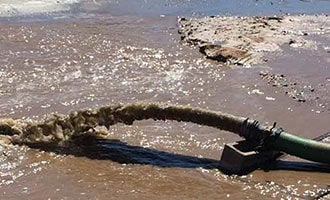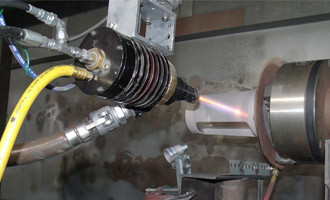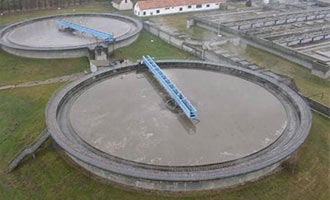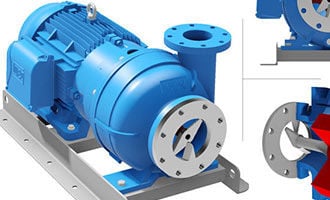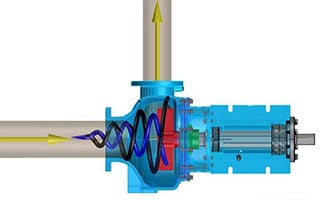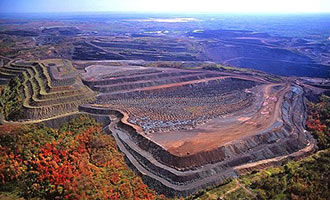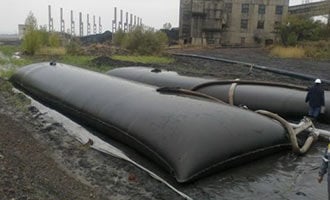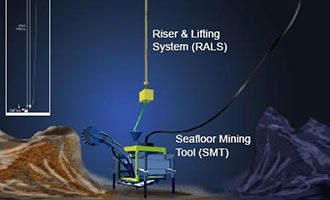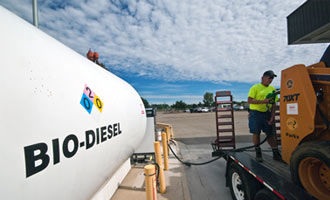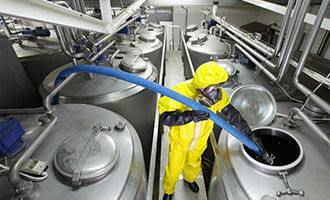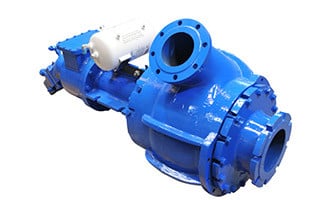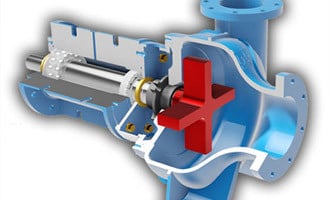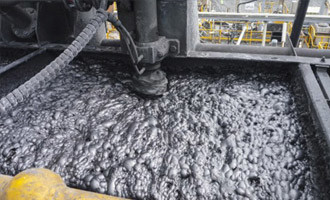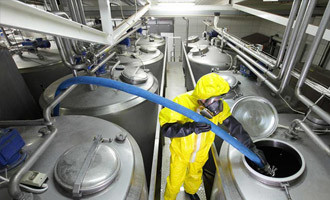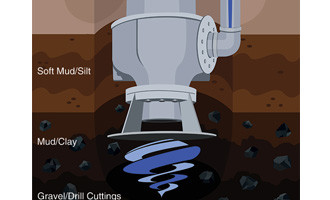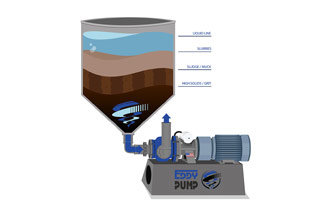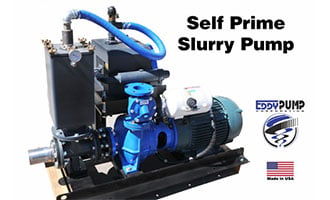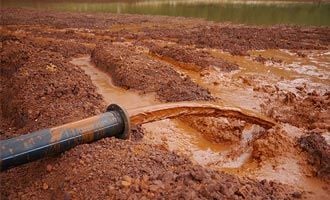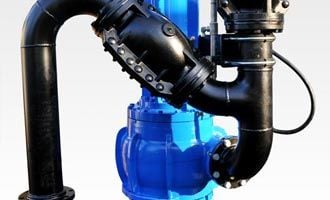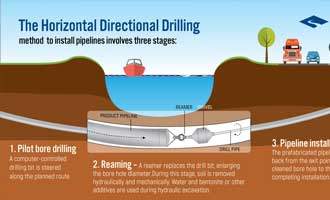Subsea Mining - Deep Sea Ocean Mining & Seafloor Dredging Operations
The subsea mining industry is still in its infancy. What advancements make it possible and what challenges still need to be overcome? Browse Dredging EquipmentContact Us For Fast QuoteThis article includes:
- Mining the New Ocean Floor
- Subsea Mining Equipment
- The Challenges of Deep Sea Mining
- Environmental Concerns
Subsea mining, or deep sea mining, is a method of retrieving minerals from the ocean floor. Deepsea mining operations typically occur at depths of 4500 ft. to 12,000 ft. around areas with metallic nodules, as well as areas with high levels of geothermal activity. These geothermal vents have a tendency to create globular deposits of valuable metals including gold, silver, copper, cobalt, and various other rare earth elements. These sulfide deposits, also called seafloor massive sulfides, can contain concentrations of minerals and resources of up to 10 times greater than what could be found on land.
EDDY Dredge Equipment, combined with their industry-leading non-clog Slurry Pumps designed for high solids pumping applications, work more effectively in demanding subsea and deep sea mining environments than any other comparable equipment that exists in the world. The EDDY Pump will outperform any pump on the market while not clogging like conventional pumps or having downtime associated with maintaining critical tolerances.

Mining the new Ocean Floor
Deepsea mining ventures have only recently gained in popularity, mainly due to the fact that technology and equipment costs for mining the ocean floor in the past were too cost-prohibitive. As technology has improved, subsea mining has become more economical, luring more and more companies to invest resources into subsea mining technologies. Now, several companies are ramping up and building entire fleets of unmanned vehicles for the sole purpose of underwater mining.
The valuable minerals sought after by deepsea miners are deposited by hydrothermal vents. A hydrothermal vent can be compared to a sort of underwater geyser. They are formed by sea water creeping down into the cracks and fissures created by the tectonics of the seafloor, sometimes miles deep into the crust. As the water comes into contact with channels of molten rock, the sea water is superheated, causing it to rapidly rise back to the surface. During this process, the water carries minerals leached from the rocky magma below. The superheated seawater then shoots out of vents dropping the minerals as the superheated water comes into contact with the cool ocean water. Over time, these hydrothermal vents form large formations of mineral and rock called chimneys.
Subsea Mining Equipment
One of the biggest hurdles was creating an initial ultra-detailed map of the ocean floor. The underwater mining equipment used for gathering resources generates quite a bit of turbulence in the water. This creates a murky environment that is tough to achieve any sort of clear visibility, even with the help of powerful lighting. As a result, most of the time these vehicles are operated blind, guided only by 3D sonar positioning and detailed maps of the floor. For this reason, detailed maps were absolutely necessary to ensure heavy mining equipment did not get stuck, fall over, or otherwise become immobilized at the bottom of the ocean.
The equipment needed to mine these mineral-rich areas range from small AUVs (autonomous underwater vehicles) to larger ROVs (remote operated vehicles), all the way to gigantic underwater excavators equipped with hydraulic dredge pumps and large cutterheads. The process starts with a small scout vehicle, typically automated, that scans and surveys the ocean floor using sonar devices. The goal of this stage is to locate potential mineral deposits and geothermal vents which are often loaded with resources. Once a potential site is found, larger workhorse ROVs are sent to the floor to take samples of ore to bring back to the surface for analysis. These underwater vehicles are electrically powered, attached to the lead ship by an umbilical system.
Once a mining location has been determined, the heavy-duty equipment is deployed. This equipment includes large ROVs outfitted with high powered dredge pumps designed for mining the ocean floor and they look like giant versions of our remote operated subdredge. These machines are controlled remotely from the lead ship resting at the surface.
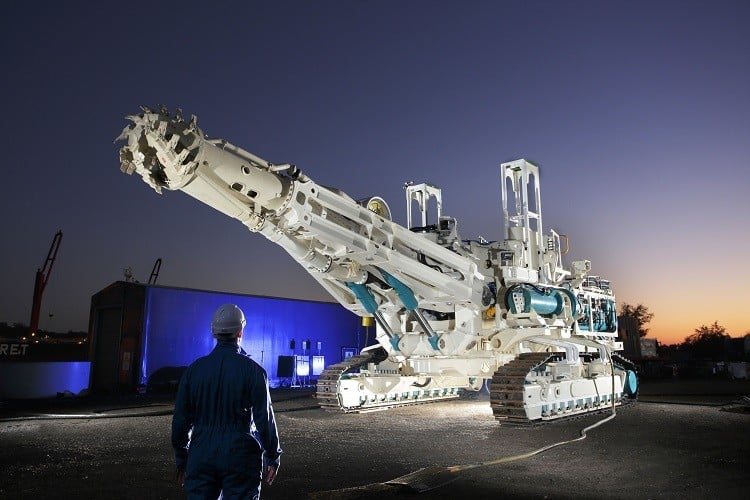
The Challenges of Deep Sea Mining
For deepsea mining, bringing the material from the ocean floor to the surface is quite a challenge. For one, the material that needs to be pumped is not only heavy, but also very abrasive. Small rocks, shells, sand, and metallic ore will all be driven to the surface using a series of high powered dredge and booster pumps. This abrasive material will quickly wear down the impellers of centrifugal pumps, requiring them to be replaced quickly at a high cost. This constant maintenance causes periods of downtime during the operation, wasting company resources. With an EDDY Pump, there are no critical tolerances between the volute and the rotor, ensuring that large objects and abrasive material can pass through the pump without damaging the rotor or volute. These features greatly extend the life and maintenance cycle of the pump.
In addition to having to pump heavy and abrasive material, mining a mile beneath the ocean surface is an incredibly hostile environment for heavy machinery. Aside from the engineering feats of getting machinery to adequately function so deep in the ocean, these machines must also contend with superheated pockets of highly pressurized water that can occur near geothermal vents.
Environmental Concerns
AAs with any mining operation, environmental concerns have been raised about what kind of footprint deepsea mining will leave on the local ecosystem. Some are concerned that heavy mining activity will disrupt vital habitats of marine life that thrive near geothermal vents. One of the main concerns involves heavy turbidity as a result of large mining equipment, which will rain sediment over long distances, slowly smothering lifeforms. Fears are that disrupting this ecosystem could lead to a chain reaction affecting many more ecosystems down the line. However, excessive turbidity is not an issue with the EDDY Pump. The intake of the EDDY Pump is designed so that the inlet port of the pump can be positioned close to the material that is to be pumped. This can reduce the potential detectable turbidity, which aids in conserving the environment.
After selecting an EDDY Pump you can be confident you will be rewarded with less clogging, lower maintenance costs, more uptime leading to higher overall production using the EDDY Pump.
Best Applications – Industries Most Served
The EDDY Pump Corporation is a premier manufacturer of pumping and dredging equipment. If you are pumping or dredging slurry, high solids, extremely viscous material, paste, high abrasives (sand & gravel) and material filled with solids, then you found the best-suited product for the job. Go to: https://eddypump.com/ or Call Us!
Mining, Fly Ash, Coal Ash, Oil, Fracking, Gas, Wastewater, Pulp and Paper, Chemical, Energy, Water Municipalities, Irrigation, and Dredging Companies. For Access to Complete Product Line Go to: https://eddypump.com/products/
Order or Get Selection Help
Let our sales or engineering support help in your slurry pump and dredge equipment selection. Call (619) 258-7020
Why EDDY Pumps Are Better – Highlights
This video shows how EDDY Pump transports high slurry and abrasive materials. Featured dredge pump equipment includes the Remote Operated Subdredge, Diver Operated Pump and a Excavator Attachment Dredge Pump.
Why EDDY Pumps Are Better - Highlights
This video shows how EDDY Pump transports high slurry and abrasive materials. Featured dredge pump equipment includes the Remote Operated Subdredge, Diver Operated Pump and a Excavator Attachment Dredge Pump.


